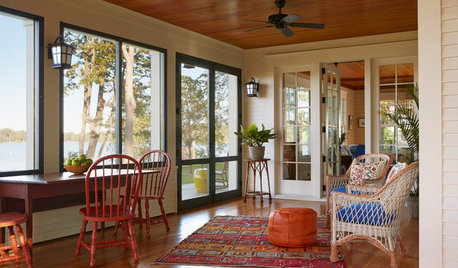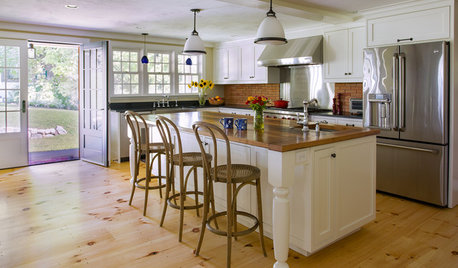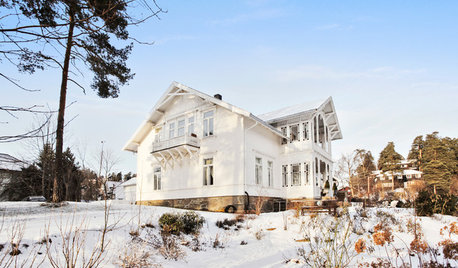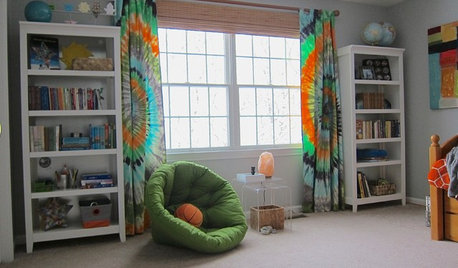100 year old trim- what would you do?
goylesgirl
18 years ago
Related Stories

BASEMENTSRoom of the Day: Swank Basement Redo for a 100-Year-Old Row House
A downtown Knoxville basement goes from low-ceilinged cave to welcoming guest retreat
Full Story
BEFORE AND AFTERS100-Year-Old Craftsman Home’s Master Suite Lightens Up
A designer balances architectural preservation with contemporary living in this Northern California remodel
Full Story
VACATION HOMESHouzz Tour: New Lake House Looks Like It’s Been There 100 Years
Simple detailing and careful design create a classic cottage loaded with charm in Minnesota
Full Story
HOUZZ TOURSHouzz Tour: A 300-Year-Old Home Adapts to a Modern Family of 7
A new addition adds much-needed square footage to a 1750s home in Massachusetts
Full Story
HOUZZ TOURSHouzz Tour: Updated Elegance for a 200-Year-Old Norwegian Mansion
Original details are restored to glory with a modern color palette and set off by fresh furnishings and a more open layout
Full Story
UNIVERSAL DESIGNMy Houzz: Universal Design Helps an 8-Year-Old Feel at Home
An innovative sensory room, wide doors and hallways, and other thoughtful design moves make this Canadian home work for the whole family
Full Story
KIDS’ SPACESThis Designer’s Client Was Her 10-Year-Old Son
What do you give a boy with a too-babyish bedroom when he’s approaching double digits? See for yourself
Full Story
BOOKSThis Is What the Last 100 Years of Landscape Design Looks Like
See 10 of the projects featured in a new book that highlights 100 noteworthy landscapes from the past century
Full Story
TRIMTrim Color Tips: Get Your White Trim Right
Set off wood tones, highlight architectural features, go minimalist ... white trim is anything but standard when you know how to use it
Full Story
HOUZZ CALLTell Us Your New Year’s Resolutions for Your Home
Share your plans and dreams for your house this year — whether they involve organizing, remodeling or redecorating
Full Story









dperk
ericwi
Related Professionals
Birmingham Carpenters · Folsom Carpenters · Ashburn Flooring Contractors · Framingham Flooring Contractors · Naugatuck Flooring Contractors · New Bern Flooring Contractors · Olympia Flooring Contractors · Petaluma Flooring Contractors · Saint Louis Park Flooring Contractors · Scottsboro Flooring Contractors · Severna Park Flooring Contractors · Bronx Furniture & Accessories · Duluth Furniture & Accessories · Milwaukee Furniture & Accessories · Murray Furniture & AccessoriesgoylesgirlOriginal Author
glennsfc
sombreuil_mongrel
morgan88
sombreuil_mongrel
morgan88